Exploring the Versatility of 90 Degree LED Lenses
LED lighting has revolutionized the way we illuminate spaces, and the 90 degree LED lens is at the forefront of this innovation. These lenses are specifically designed to alter the beam pattern of LEDs, providing a precise 90-degree angle of light that is ideal for a variety of applications. This introduction delves into the characteristics, types, and uses of these lenses, offering a comprehensive understanding of their role in LED lighting solutions.
Types and Materials of 90 Degree LED Lenses
The 90 degree LED lens comes in various materials, each with its unique properties. PMMA (Polymethyl methacrylate) lenses are known for their excellent light transmittance and durability. High borosilicate glass lenses are another option, offering high temperature resistance and superior optical clarity. Plastic lenses provide a cost-effective alternative while maintaining good light diffusion. Each material is chosen based on the specific requirements of the lighting application, ensuring optimal performance.
Applications of 90 Degree LED Lenses
The application of 90 degree LED lenses is diverse, ranging from enhancing the focus in LED headlights to improving the distribution of light in street lighting. These lenses are also prevalent in architectural lighting, where precision and aesthetic appeal are paramount. Their ability to direct light with accuracy makes them suitable for both commercial and industrial lighting scenarios, where control over light spread is necessary.
Features and Advantages of 90 Degree LED Lenses
90 degree LED lenses are engineered to offer a balance between light control and efficiency. Their design minimizes light loss, ensuring that the maximum amount of light is directed where it is needed. This efficiency translates into energy savings and reduced operational costs. Additionally, the robust construction of these lenses means they can withstand various environmental conditions, making them a reliable component in outdoor lighting fixtures.
Choosing the Right 90 Degree LED Lens
Selecting the appropriate 90 degree LED lens for your project involves considering the LED's size, shape, and light output. It is also crucial to match the lens material to the application's specific needs, whether it be impact resistance, temperature tolerance, or light transmittance. Understanding the nuances of each lens type will aid in making an informed decision that aligns with the lighting requirements of your space.
Environmental Impact and Sustainability
In today’s eco-conscious market, the 90 degree LED lens is a testament to sustainable design. By optimizing light distribution, these lenses contribute to lower energy consumption and a reduced carbon footprint. Their long lifespan also means fewer replacements, resulting in less waste. As the demand for environmentally friendly lighting solutions grows, these lenses play a pivotal role in meeting sustainability goals.



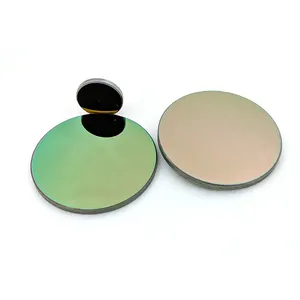




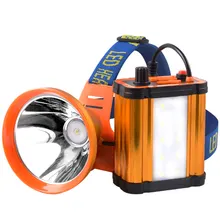




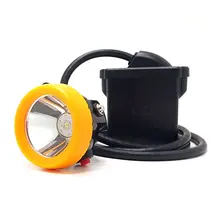
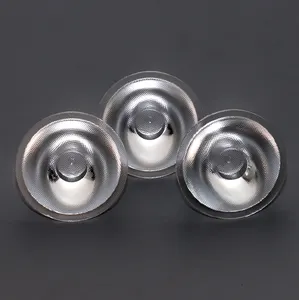

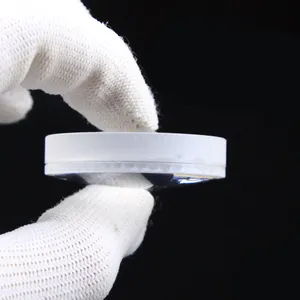






















 浙公网安备 33010002000092号
浙公网安备 33010002000092号 浙B2-20120091-4
浙B2-20120091-4